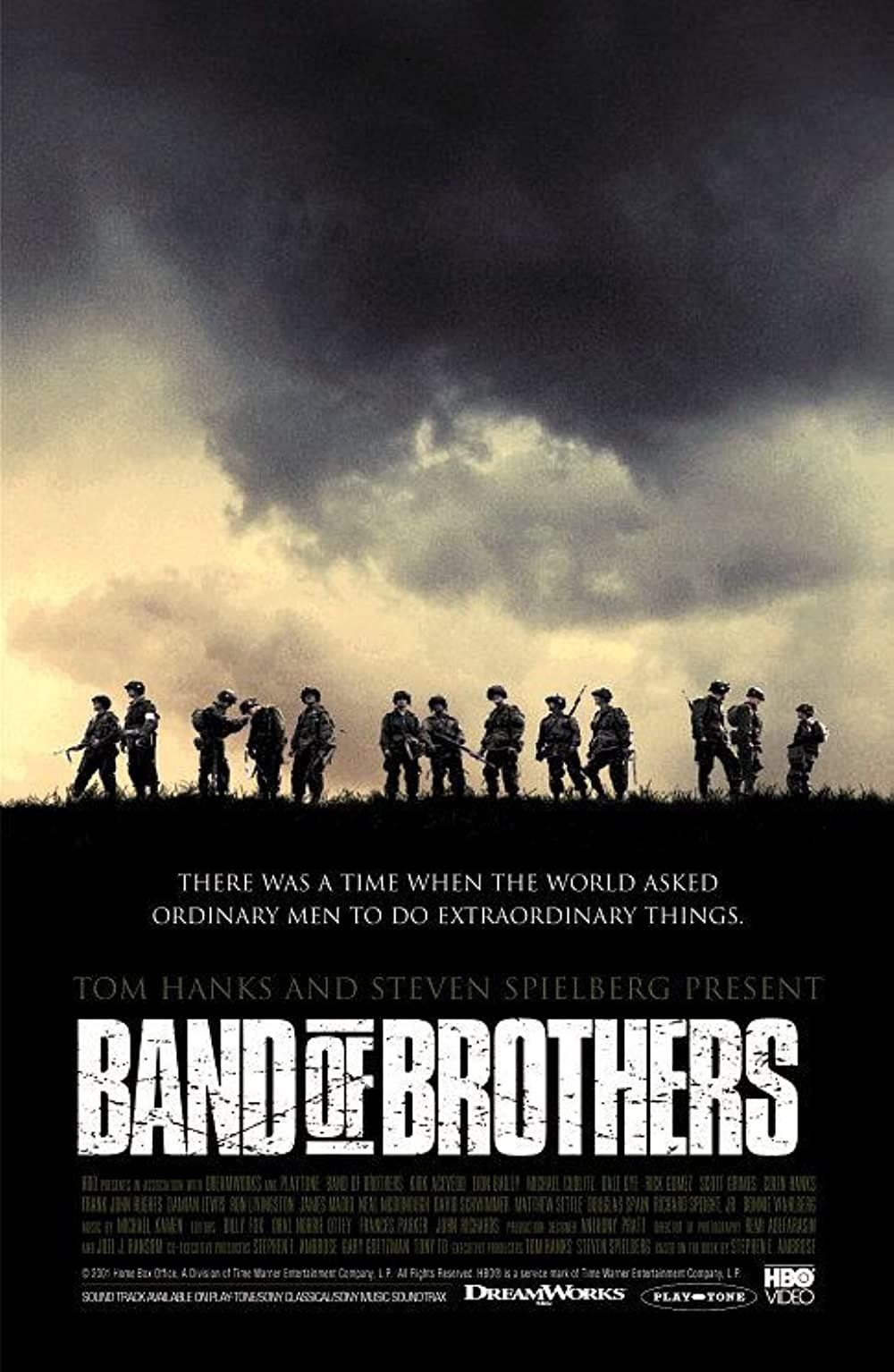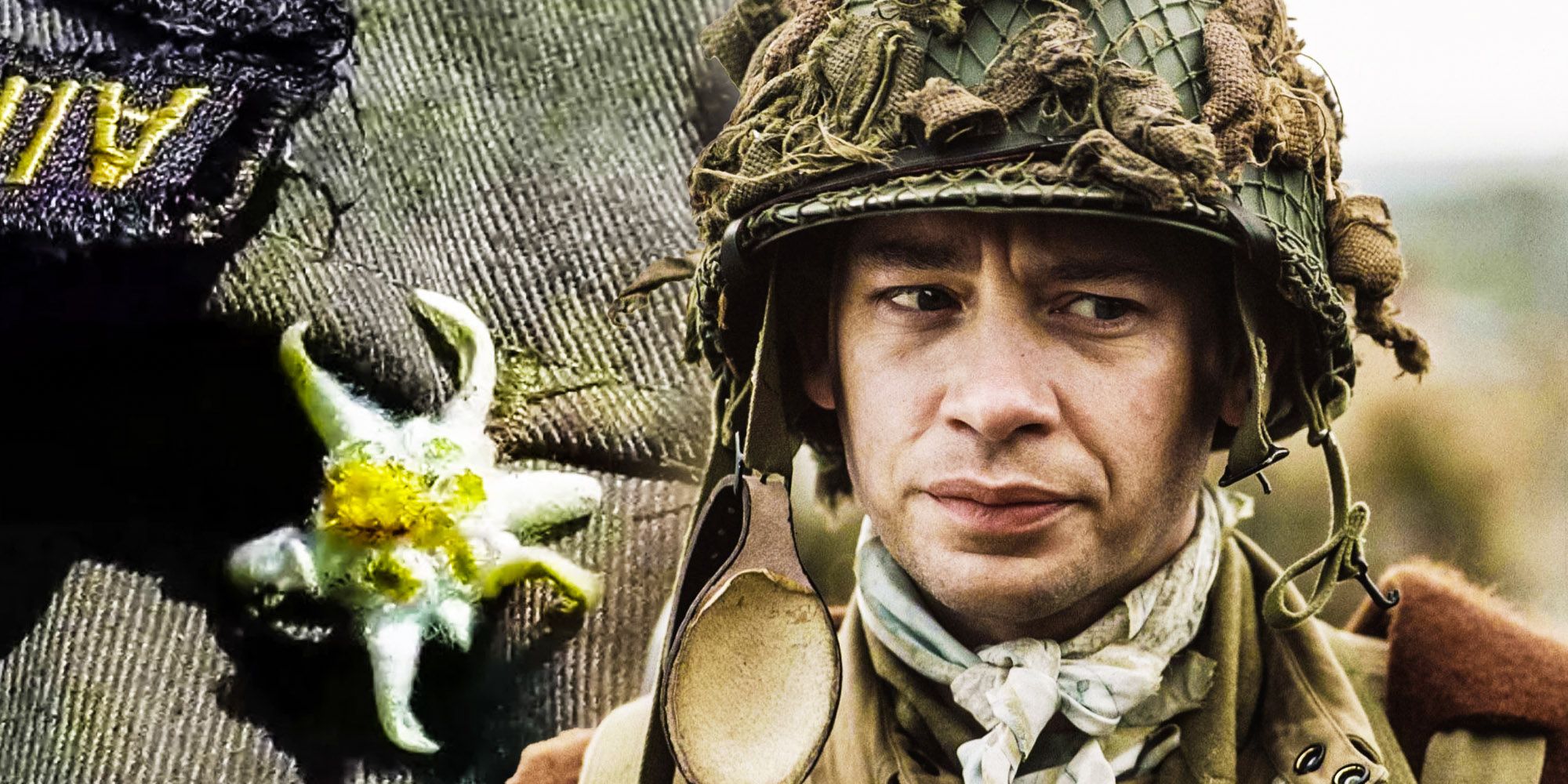Band of Brothers
The existent meaning behind the edelweiss bloom inBand of Brothersreaches far back into the history of Alpine nations . Though little more than a pocket-size white prime , Steven Spielberg ’s spat HBO World War II miniseriesBand of Brothersreferenced the edelweiss in its third installment , Carentan . The moment was n’t a in particular crucial one in the overall arc of the ten - episode series , but it was enough to shed a bit of interesting light on a farseeing tradition that finally found its way into the life of some German soldier .
One of the most engaging vista ofBand of comrade , which endure today , is that in addition to tellingthe news report of Company E ( or Easy Company ) — a battalion in the United States military machine ’s 506th Infantry Regiment , the series also delved deep into World War II history . This blending of diachronic fact with natural action - carry drama was enough to keep audiences wage and World War II fancier fulfil . While it ’s true that not everything seen inBand of Brothersis precisely one hundred percent precise in terminal figure of the historic record , it is essential to remember that create a series that can entertain and bolt stick to the facts is n’t always an option . Sometimes – as in the case of the Leontopodium alpinum flush , the truth is touched on but not fully explored .
The True Story Behind The Band Of Brothers Edelweiss Flower
During the Carentan sequence , Pvt . Blithe discovers a drained German soldier in the Wood and spots the edelweiss pinned to his lapel . Captain Lewis Nixon then explain what the flower means , state that because it grows above tree grade and must be actively sought out , Germanic folklore debate edelweiss the mark of a genuine soldier . The soldier in question is take to have made the journey to think the flower , which meant that he was desirable of its mystic properties . There is true statement to the belief in these property . However , the flower ’s power did not initially follow from Germany or from an denotative association with soldiers .
Despite being portrayed as a flower with Germanic origins , edelweiss was first mentioned in Switzerland around the 16th century . Its name number from an Austrian report in 1785 and translates to “ noble ashen . ” By the mid-19th C , edelweiss was associated with alpinists , not soldier . withal , those alpinist who undertook the extensive journey to regain it were study brave , potent men . When burned , it was conceive edelweiss could drive away vicious spirits that set on farm animal . Its military lore set out in the early 20th 100 in Austria , though because it was the best-loved flower of Adolph Hitler , its later incorporation within both Teutonic identity and the Wehrmacht makes more sense .
The Discovery Of Edelweiss In Band Of Brothers Foreshadowed An Allied Victory
Perhaps then , the inclusion of edelweiss in the former stages ofBand of Brotherswas have in mind not to provide viewers with a flora lesson but to service as a metaphor for the bulk large allied triumph . This is n’t to suggest that the brief introduction to the blossom was out of blank space as a routine of scope on the German military or its soldier , but it does seem to work better as a predecessor of big things for the ally power . The flower ’s art seemed directly contradicted by the fact that it was found on a dead German soldier by U.S. soldier . Regardless of its symbolization , the good German soldiers were no friction match for the ally .
It seems logical then to assume that if the best and braw Germany had to provide could n’t defeat the allies , nothing could . In the episode , Pvt . Blithe takes the flower from the dead soldier for himself , further intimating that the courageous and most skilled side is now more unwaveringly in control . A complete victory would be theirs before long enough , and althoughPvt . Blithe is wounded by the episode ’s conclusion , Band of Brotherswas moving toward a critical triumph .




